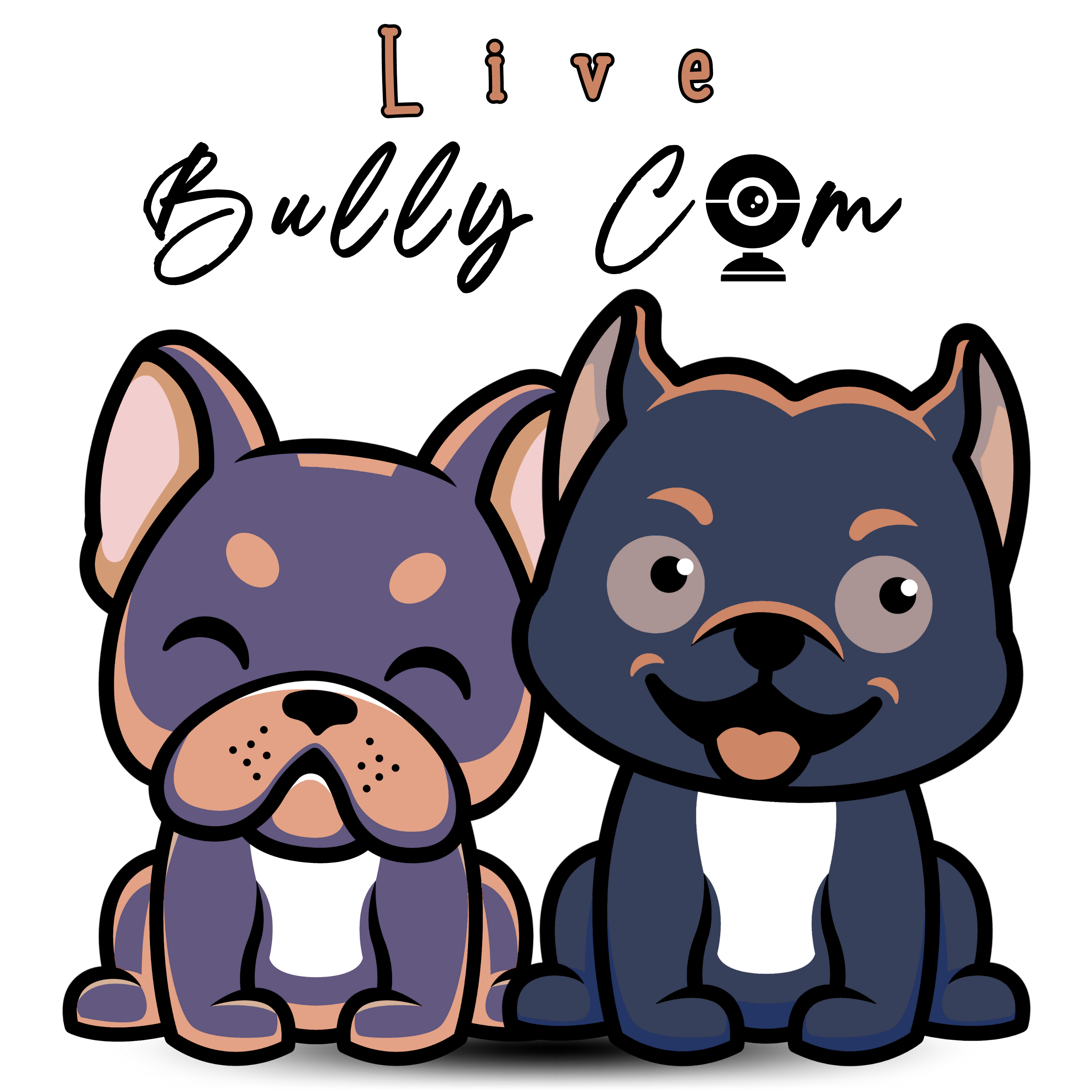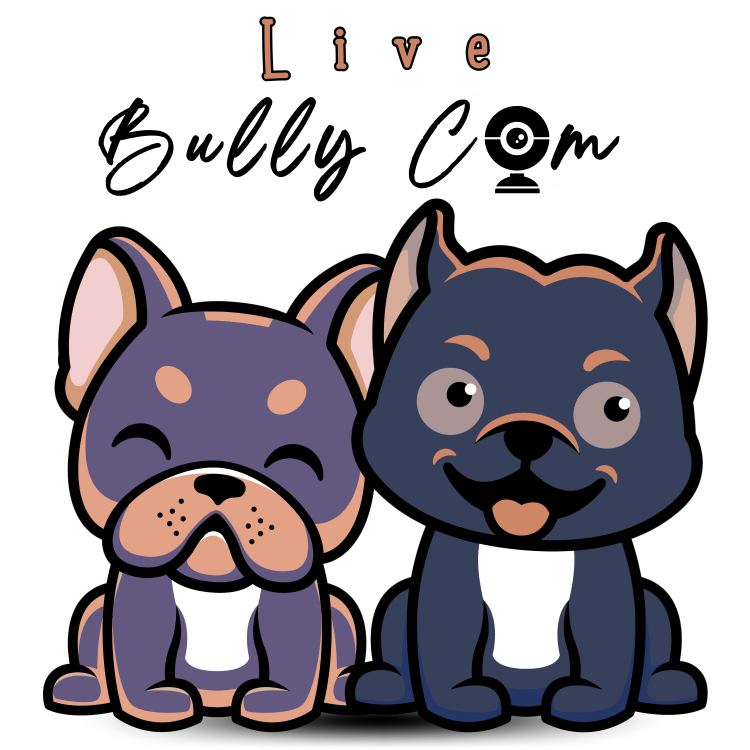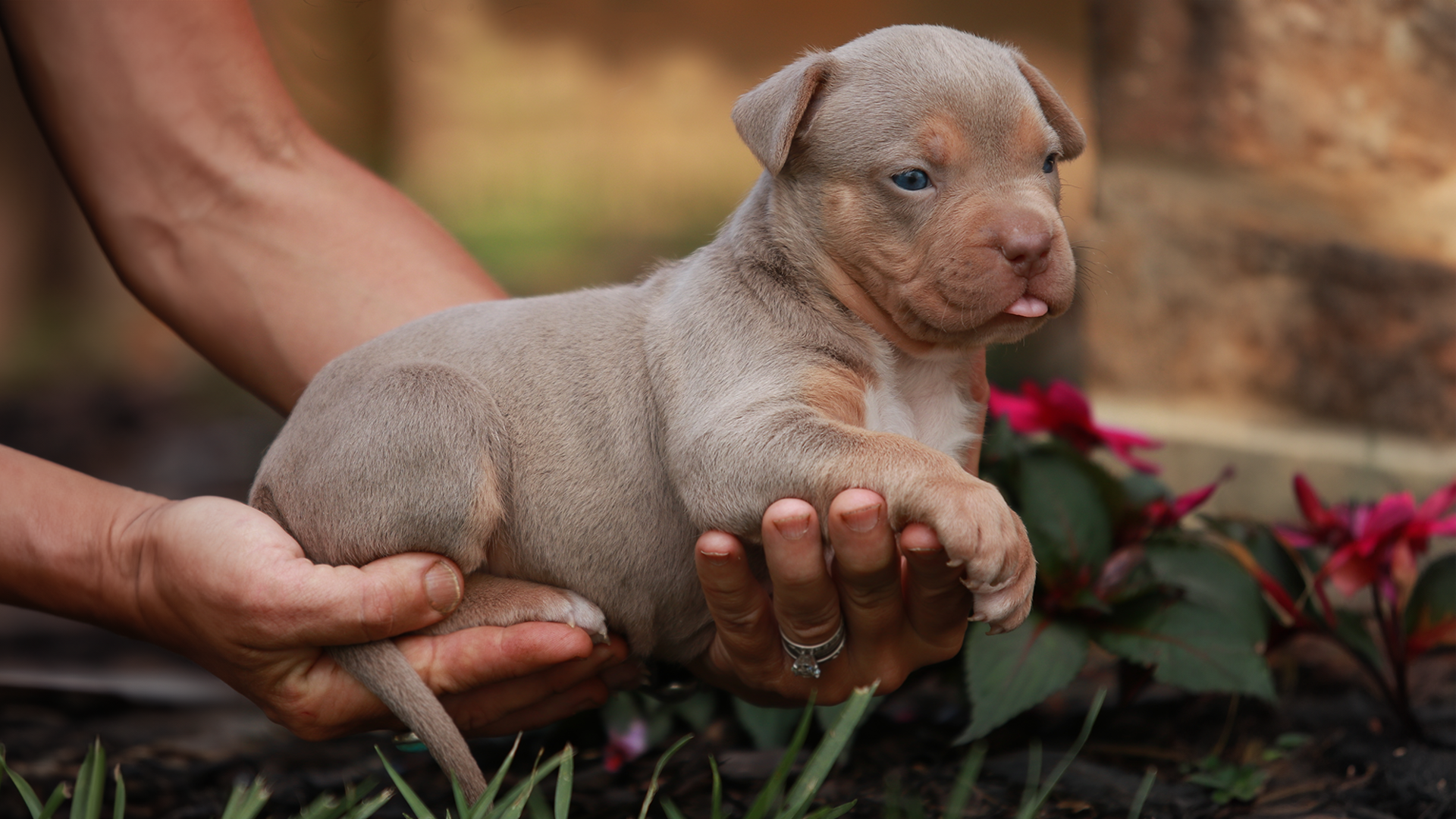Are you a puppy buyer or an American Bully lover? If so, you may be curious about the diverse range of colors and patterns that this breed comes in. The American Bully is known for its striking appearance, and its wide array of coat colors and patterns only adds to its allure. From white and black to lilac and champagne, this breed offers a stunning palette of colors. Additionally, coat patterns such as brindle, piebald, merle, and tricolor (tan points) further enhance the visual appeal of these dogs. In this blog post, we will explore the various colors and patterns that you can find in the American Bully, providing you with a comprehensive guide to this breed’s unique and beautiful coat variations.
American Bully Colors
The American Bully comes in a multitude of colors, each with its own distinct beauty and charm. Let’s delve into the different colors you may encounter when looking for an American Bully to add to your family.
White: One of the most eye-catching colors in the American Bully is white. These dogs have a pure, snowy coat, which can make them stand out in a crowd. A white American Bully exudes elegance and poise, making it a popular choice among many enthusiasts.
Black: Black American Bullies are known for their sleek and glossy coats. This color is striking and gives the dog a sense of power and sophistication. Black American Bullies are often seen as symbols of strength and dominance, and their deep black coats only enhance this perception.
Blue: The blue color in American Bullies is a dilution of black, resulting in a stunning shade that ranges from steel gray to a lighter blue hue. Blue Bullies are highly sought after for their unique and distinctive appearance. Their coats can have a mesmerizing sheen, and the blue color adds an air of mystery and allure.
Red: A red coat color on an American Bully is typically a deep, rich shade of red. It can range from a lighter, coppery red to a darker mahogany or burgundy hue. The red color is caused by a specific gene called the “E Locus” gene, which is responsible for producing eumelanin, the pigment that gives color to the coat. Red is a dominant gene in American Bullies. This means that if a dog carries the red gene, it will express the red coat color even if it carries other genes for different coat colors. It is important to note that coat color inheritance can be quite complex, as multiple genes interact to determine the final coat color outcome.
Chocolate: The chocolate coat color in the American Bully dog breed refers to a rich, deep brown color. It is a dilution of black. It is often described as a dark chocolate or cocoa shade. This color can vary in intensity, ranging from lighter shades to darker, almost black tones. The chocolate coat color can appear solid or may be accompanied by other patterns or markings. It is a popular and eye-catching coat color in the American Bully breed.
Lilac: The lilac coat color in the American Bully breed is a unique and sought-after color variation. It is a dilute form of the chocolate coat color and is characterized by a light, pale lavender or silver-gray hue. Lilac-coated American Bullies typically have a solid-colored coat without any markings or patterns. This color is relatively rare and is highly prized in the American Bully community.
Champagne: This is a pale, light beige or tan shade with a slightly golden or yellowish tint, resembling the color of champagne. The coat may have a solid champagne color throughout or can be combined with white markings or other coat patterns. It is a unique and attractive color variation found in some American Bully bloodlines.
Fawn: The fawn coat color in the American Bully breed is a light to medium shade of brown with a warm undertone. It is typically a solid color without any markings or patterns, aside from a blue or black mask on the muzzle. Fawn can range from a lighter tan color to a deeper reddish-brown shade. In comparison to other coat colors, here’s how fawn differs from champagne, lilac, and light red: Champagne is a dilute coat color that appears as a pale, creamy beige or off-white. It often has a pinkish or lavender tint to it. In contrast, fawn is a darker and warmer shade of brown, lacking the dilution and pinkish undertones of champagne. Lilac is a diluted version of chocolate, resulting in a pale grayish-brown coat color. It has a cool-toned appearance with a hint of lavender or blue. Fawn, on the other hand, is a warmer brown shade without the dilution or grayish undertones of lilac. Light red is a term used to describe a coat color that is a lighter shade of red or brown. It can have a similar warmth to fawn but tends to be more reddish in hue. Fawn, on the other hand, is a distinct shade of brown without the prominent red tones. It’s important to note that coat colors can vary within individual dogs and different breeding lines, so there may be some variation in shades and tones even within the same color category.
American Bully Patterns
While the colors of an American Bully’s coat are captivating on their own, the addition of various patterns takes their appearance to a whole new level. Let’s explore the different coat patterns that you may come across when considering an American Bully.
Brindle: The brindle pattern in American Bullies is characterized by darker stripes or streaks on a lighter base coat color. For instance, a chocolate brindle XL American Bully would have a chocolate base color with darker stripes throughout the coat, creating a striking and eye-catching pattern. Brindle Bullies are often praised for their unique coat patterns, which give them a distinctive and unforgettable look.
Sable/Smut: The sable or smut coat pattern in the American Bully breed refers to a specific color pattern that involves the intermingling of dark and light hairs. In this pattern, the majority of the coat is usually a lighter color, such as fawn or tan, while the darker hairs are dispersed throughout the coat, creating a smoky, shaded, or sable appearance. The smut pattern typically appears as dark hairs concentrated on the face, ears, back, and tail, while the rest of the body remains lighter in color. The dark hairs may be black, brown, or even shades of blue or gray, depending on the specific genetics of the individual dog. It’s worth noting that the sable/smut coat pattern is not exclusive to the American Bully breed and can be found in various other dog breeds as well, such as the GSD. It is also important to add that a sable/smut Bully is not tricolor Bully.
Piebald: Piebald Bullies have large patches of white on their coats, which contrast with their base color. For example, a blue piebald Bully would be mostly white with blue patches. This pattern creates a visually striking appearance, as the patches of color stand out against the white background.
Merle: Merle is a pattern characterized by patches or marbling of different colors on a lighter or darker base coat. This pattern can create a beautiful and unique mosaic-like effect on the dog’s coat. Merle American Bullies are highly sought after for their captivating and mesmerizing appearance.
Tricolor (Tan Points): Tricolor American Bullies have a base coat color with tan points. These tan points are often seen on the eyebrows, cheeks, chest, legs, and beneath the tail. This pattern adds depth and dimension to the dog’s coat, creating a visually appealing and well-balanced appearance.
American Bully Colors & Patterns
The American Bully is a breed that offers a stunning range of colors and patterns. From the elegance of white and the power of black to the allure of blue and the uniqueness of brindle, there is a color to suit every preference. Additionally, the various patterns such as piebald, merle, and tricolor (tan points) only add to the visual appeal of these dogs. Whether you’re looking for a striking and eye-catching coat or a unique pattern that sets your American Bully apart, this breed has it all. Consider the vast array of colors and patterns available when choosing an American Bully, and let their beauty captivate you.


